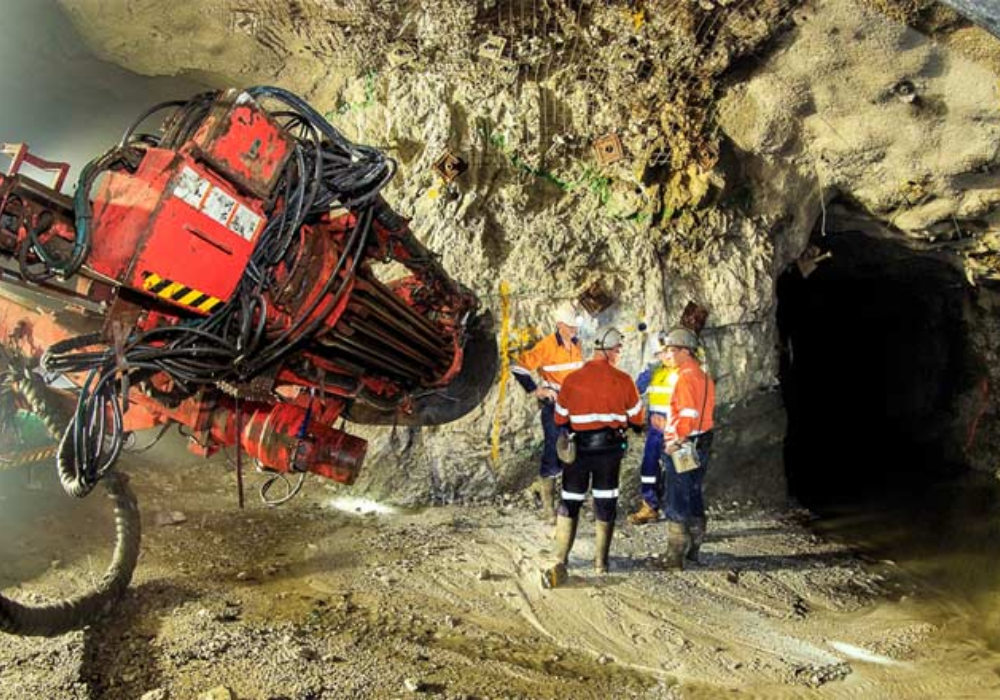
It is often cited as the most dangerous sector in the energy industry — but 2019 returned the lowest number of mining deaths ever recorded in the US, according to official statistics.
The US Department of Labor’s Mine Safety and Health Administration (MSHA) said there were 24 mining-related fatalities last year, which is just the fifth year in the MSHA’s 43-year history that the figure has dipped below 30.
But the Virginia-based agency — tasked with preventing death, illness and injury in mining — confirmed it is reviewing two cases of possible chargeable fatalities, which could demote 2019’s toll to the second-lowest for recorded deaths.
There were four fatalities in Kentucky and West Virginia, two in both Pennsylvania, Tennessee and Texas, with one death each in Georgia, Illinois, Louisiana, Minnesota, Mississippi, New Mexico, Oklahoma, South Carolina, Vermont, and Wyoming.
MSHA’s assistant secretary David G Zatezalo said the comparatively low number of mining deaths last year demonstrates operators have become more proactive in eliminating safety hazards, but he believes they can still do more.
“A disproportionate number of mining deaths involved contractors, and we saw an uptick in electrocution accidents, with three deaths and another two close calls,” he added.
“In response, the MSHA launched a targeted compliance assistance effort, visiting thousands of mines to educate miners, operators and contractors on procedures that could prevent accidents like these.”
How deaths in US mining operations fell in 2019
In both 2017 and 2018, there were 27 mining-related deaths recorded, about half of which were a result of vehicle-on-vehicle collisions.
This was often as a result of failing to use a functioning seat belt or down to conveyor belt accidents, to which the MSHA responded by imposing a multifaceted education campaign and implementing new safety measures.
In 2019, the percentage of fatalities caused by powered haulage accidents dropped to approximately 25% of all mining deaths, according to the agency.

In 2019, the MSHA collected a record-high 147,500 samples from coal, metal and non-metal mines.
The resulting data revealed an all-time low for average concentrations of respirable dust and respirable quartz in underground coal mines.
It also found exposure to dust and quartz for the most vulnerable miners also hit an all-time low.
Metal and non-metal mines achieved the second-lowest average respirable dust and quartz concentrations since 2009.
Those mines also achieved the second-lowest average elemental carbon concentration and average total concentration since 2009.
About 250,000 miners were working in approximately 12,000 metal and non-metal mines in the US last year, with 83,000 operating in 1,000 coal mines.
The MSHA conducted 37,471 inspections at nearly 13,000 mines employing 330,000 miners, which resulted in 99,663 citations and orders.
It claims to have inspected all underground mines at least four times in 2019, as well as making thorough checks on surface mines and facilities at least twice, which is required by law.






